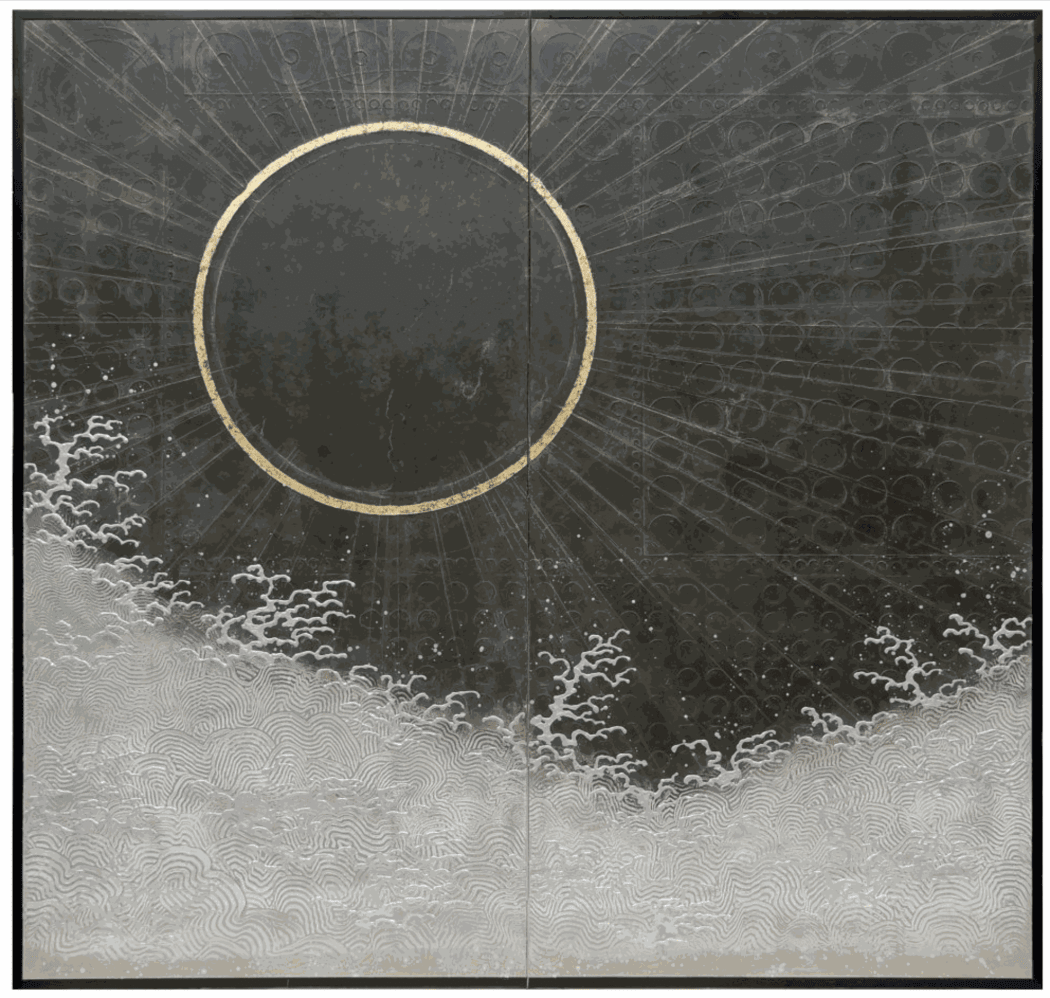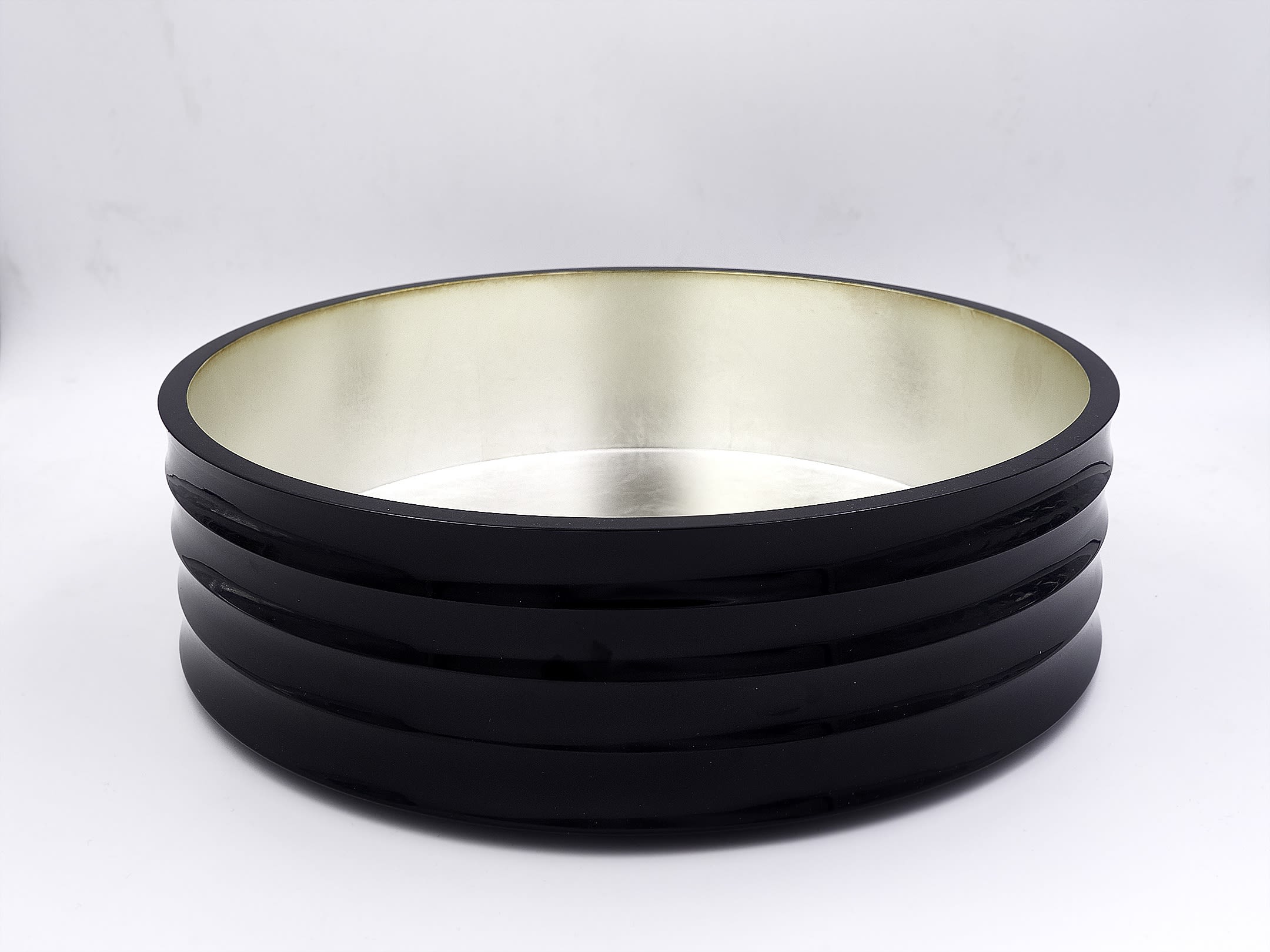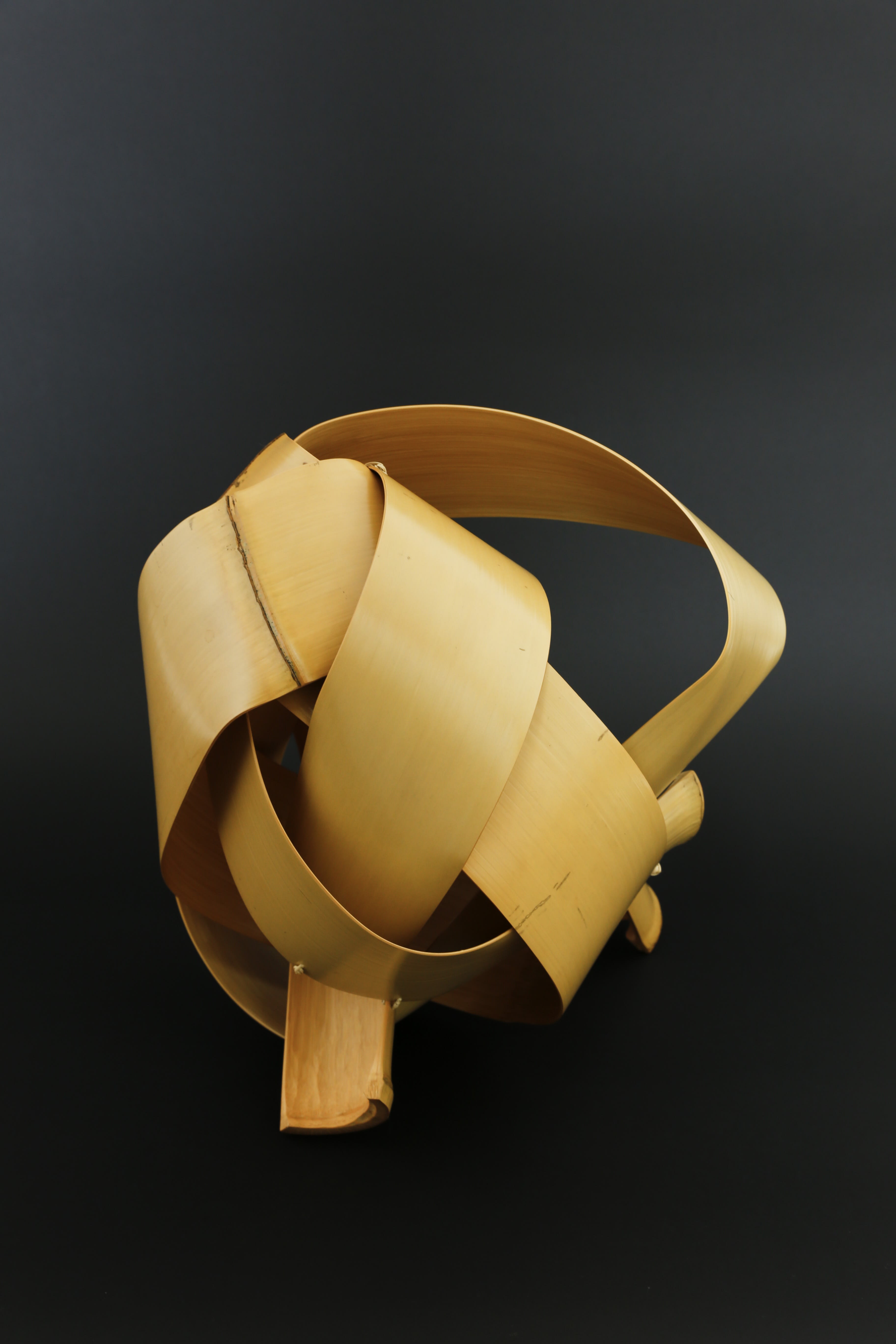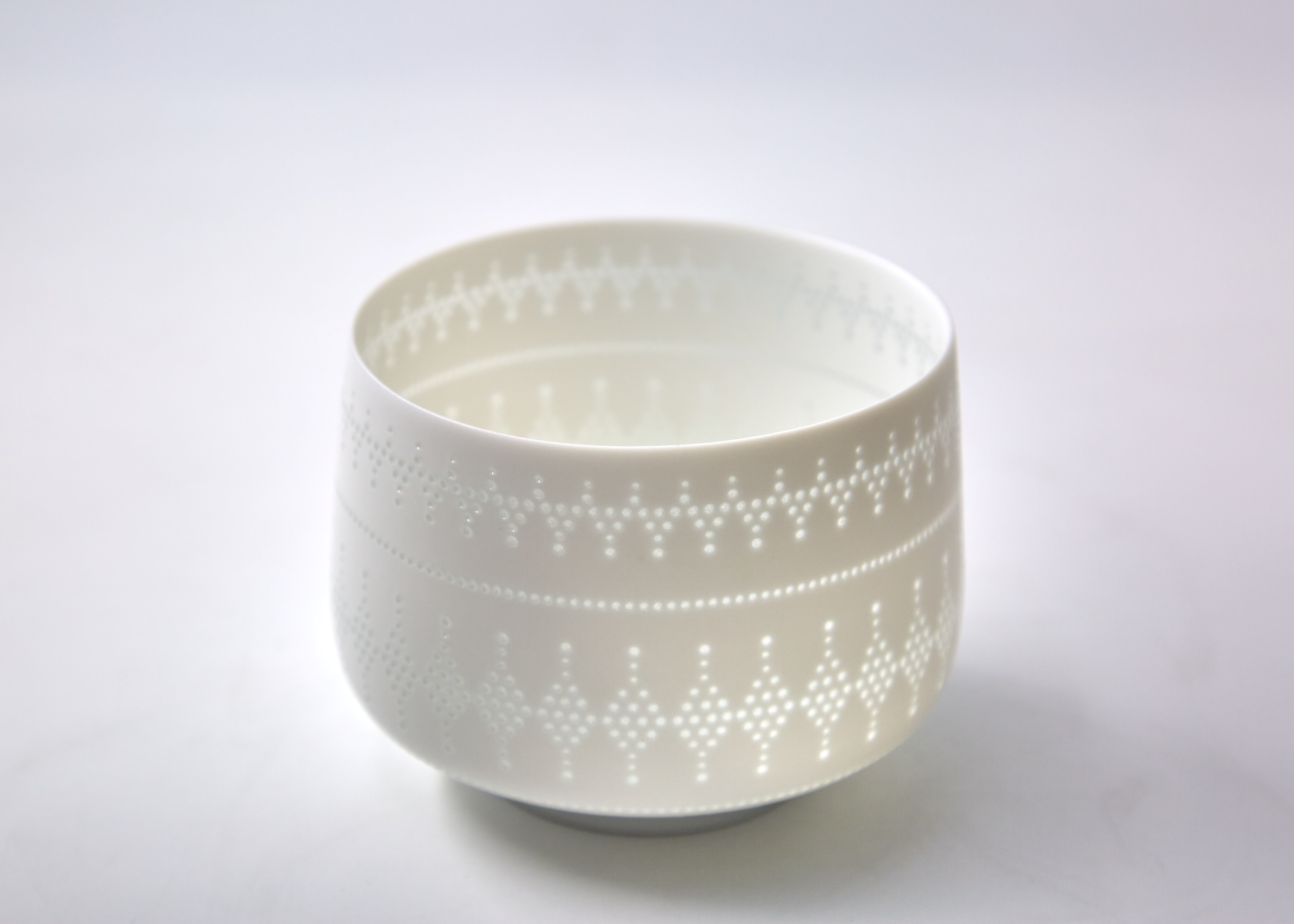
Otsukimi (お月見), also known as Jugoya (十五夜), or "moon-viewing," is a Japanese festival that celebrates the Harvest Moon as well as gives thanks to the successful harvest. The day changes yearly as it typically falls on the 15th day of the eighth month when the moon's position is supposed to be most optimal. This year it will be from September 21 - 24.

Nara's aristocrats (710-794) and Heian period (794 and 1185) customarily held moon-viewing parties which performed music and wrote poetry. Aristocrats would gather together and admire the moon's reflection from the surface of their cups of rice wine. By the Edo period (1603-1868), this event became closely connected to the autumn festival rituals, including offering freshly harvested rice to the gods.

Bamboo, fertile and easy to grow, is an important symbol in Japanese culture. The iconic plant is tall, solid, and yet malleable form symbolizes purity and good fortune. In ‘Kaguyahime (The Tale of Princess Kaguya),’ old folklore, is about a beautiful princess from the Moon discovered as a baby inside the stalk of a glowing bamboo stalk. A bamboo farmer and his wife take care of her as she grows up and become so beautiful and ends up turning away suitors. At the end of the tale, Kaugyahime reveals her ethereal origins and returns to the Moon.

Traditional foods and objects are used to celebrate Otsukimi. Susuki (pampas grass) represents the bountiful harvest of rice. Pyramids of tsukimi-dango represent the full moon. It is believed to bring happiness and good health. One stack consists of 15 dango for the 15th night. The other stack of 12 dango, represents each month of the year. Today, this event is still decorated with grass and celebrated with these foods.

Akio Niisato, Luminescent Tea Bowl H3 x W4 in, H7.4 x W9.7 cm
Nowadays, in addition to those traditional dishes, other seasonal foods have become popular. Egg yolks are said to symbolize a full moon. Many people in Japan will enjoy soba or undo noodles topped with raw egg and seaweed.

In Japanese culture, instead of "the man on the moon," they see the "moon rabbit, (月の兎)," pounding rice into mochi. A folklore tells a tale about a rabbit that sacrificed its life to feed a diety disguised as a homeless, elderly man. Touched by the rabbit's selflessness, the deity drew the rabbit's silhouette onto the surface of the moon where is remains today. Perhaps this year, you can look at the moon and see if you can find the Moon Rabbit pounding mochi.